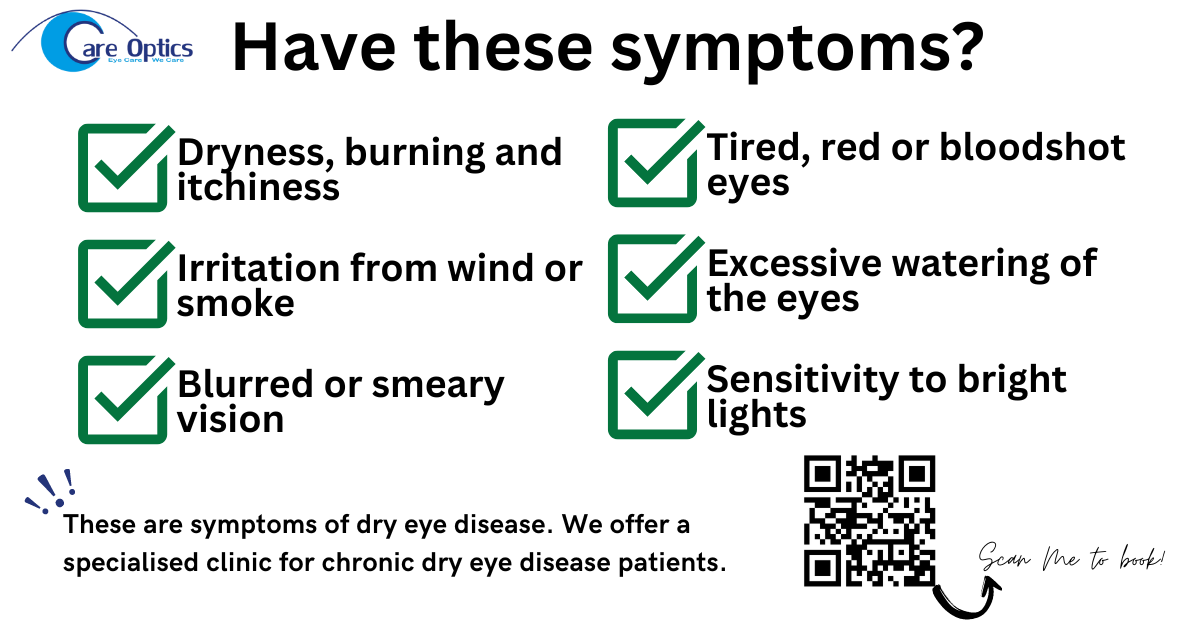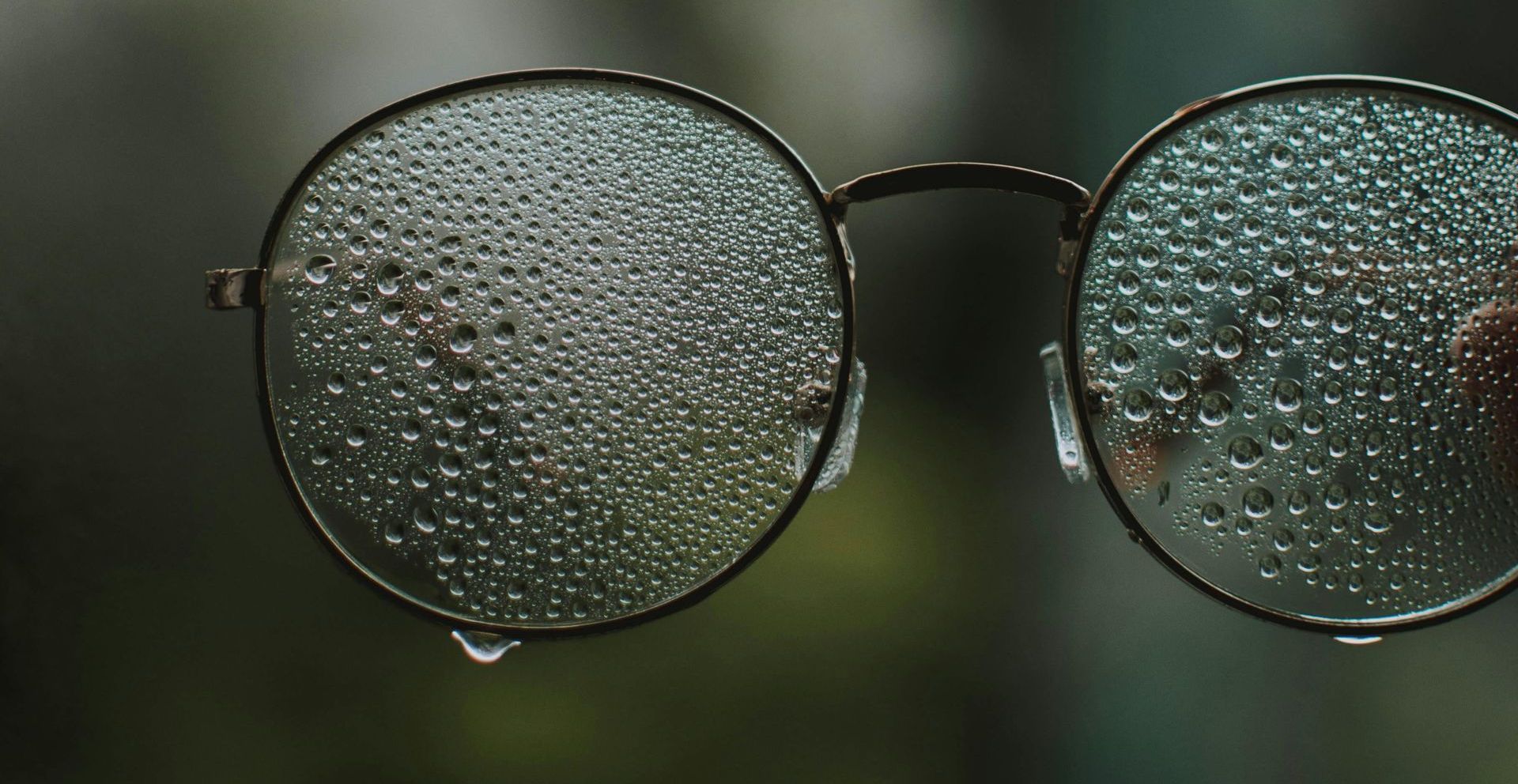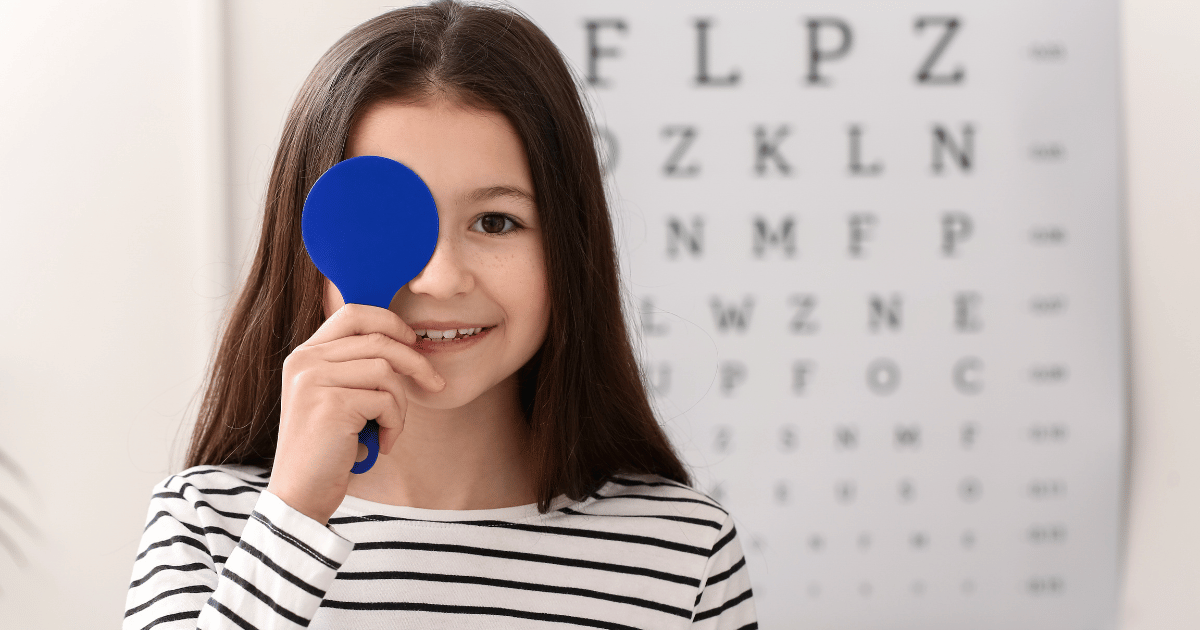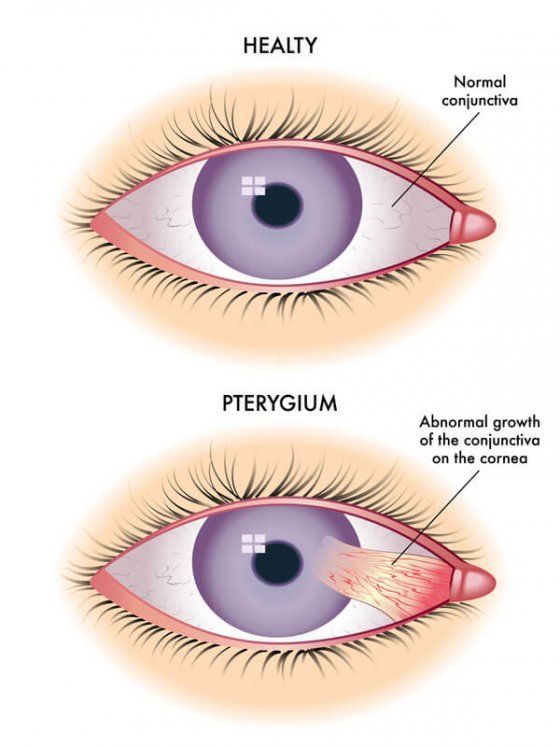New Dry Eye Clinic at Care Optics
- By Care Optics
- •
- 31 May, 2024
- •
A new dry eye service has started at Care Optics in Woodford and Dagenham

- Persistent dryness
- Redness
- A gritty or sandy feeling in the eyes
- Burning or stinging sensations
- Blurred vision
- Sensitivity to light

We were honoured to once again be part of the Barking and Dagenham Chamber of Commerce Awards this year—a vibrant celebration of local enterprise, innovation, and community spirit. For the third time, we joined fellow businesses from across the borough to recognise the outstanding contributions being made to our local economy and community.
This year's event was particularly special for the Care Optics family. We were thrilled to be shortlisted for the Green Business Award, a recognition that speaks to our deep commitment to sustainability and environmental responsibility in all that we do.
The highlight of the evening was seeing our very own Director receive the prestigious Businessman of the Year award. This is an incredible honour and a powerful testament to his leadership, vision, and unwavering dedication to both our company and the community we serve.
A Legacy of Excellence
This year’s successes build on a proud history of recognition from the Chamber of Commerce. Our team’s dedication to excellence has been consistently acknowledged, and we are humbled by the commendations we've received over the years, including:
- Business of the Year (Winner, 2023)
- Employer of the Year (Winner, 2023)
- Training, Developing and Supporting Education (Winner, 2023)
- The Judges’ Award (2024)
- Customer Service
- Charity and Community Impact
- Innovation through the Use of Digital Media
Each award and nomination is a reflection of our team's collective hard work and our mission to deliver exceptional care and service. We believe a strong business is built on a foundation of community support, innovation, and a commitment to nurturing talent.
We extend our heartfelt congratulations to all the winners and nominees of the evening. We are inspired to be in the company of such incredible local businesses and look forward to many more years of growth, impact, and celebration within Barking and Dagenham.

As parents, we want to give our children every possible advantage—from a great education to a healthy diet and a safe environment. But one thing that often gets overlooked is their eye health. And when it comes to children’s vision, Myopia—commonly known as short-sightedness—is becoming more common than ever. At Care Optics, we specialise in Myopia Control, helping children maintain clearer vision and a brighter future.
Let’s explore what Myopia is, how to spot it in your child, and the amazing ways we can help manage and slow its progression.

Here at Care Optics, with our friendly teams in both Woodford and Dagenham, we're always on the lookout for the latest and greatest innovations to bring to your eyewear experience. And let me tell you, we're absolutely buzzing to announce our newest arrival: the revolutionary Ray-Ban | Meta smart glasses!
Imagine seamlessly blending iconic style with cutting-edge technology. Well, stop imagining, because these incredible glasses are here, and we're thrilled to be able to offer them to you. Get ready to step into the future of eyewear!







